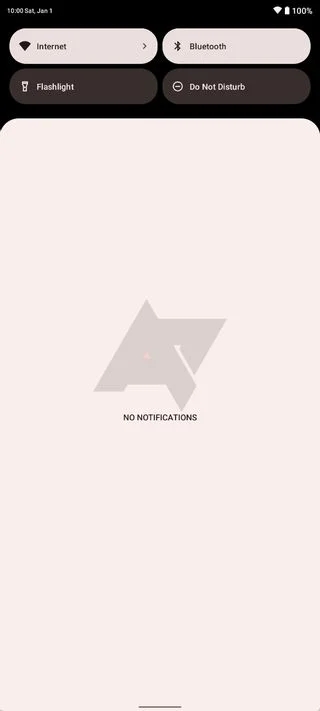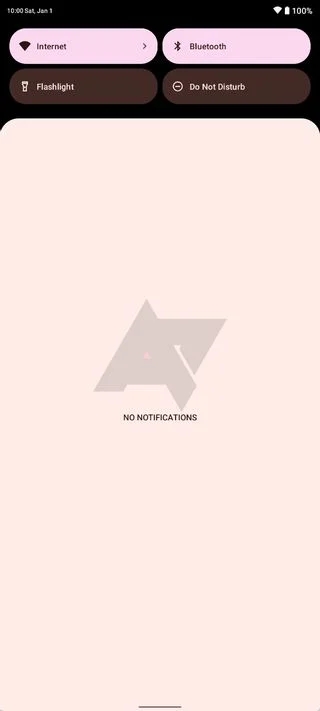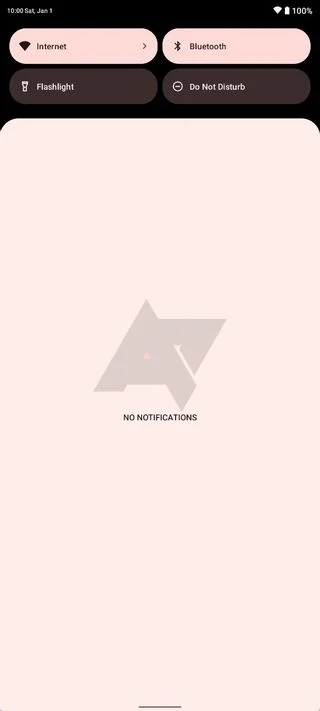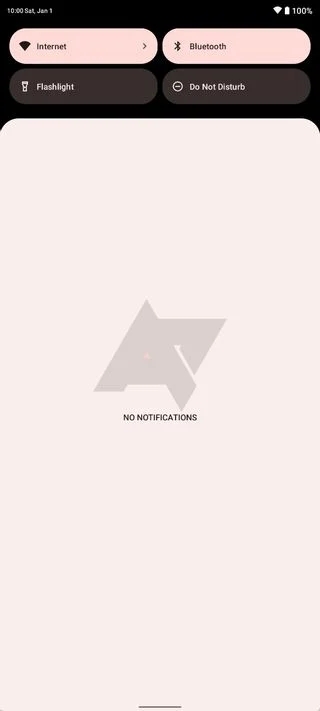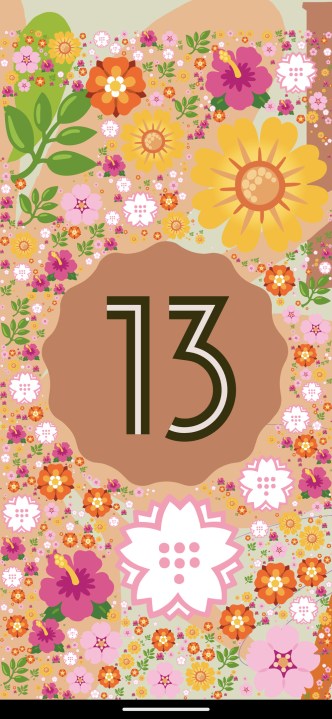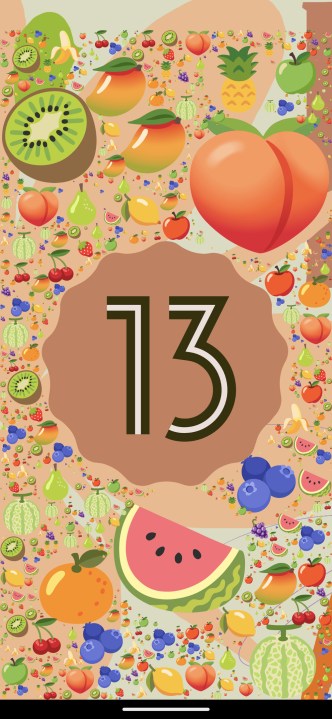Google’s Android 13 is finally here after months of testing. It’s a pretty small update that sees Google building on what it started with Android 12 and 12L. Material You gets more colorful with additional customization features, and Google plans on expanding icon theming beyond the small selection of Google apps currently supported. The company also highlights privacy and security features in Android 13, and there’s a lot of building upon Android’s bigger-screen ambitions in foldables and tablets.
Finally, people with Chromebooks will see some Apple-like cross-device functionality that allows you to stream messaging apps to the big screen. This comes in addition to other Chrome OS features like a shared clipboard and the flexible Phone Hub.
It’s a small update but a very refined one. Here’s everything you need to know about Android 13.
What’s coming in Android 13?
Google is building on what it started with Android 12 and 12L. Material You gets more colorful with additional customization features, and Google plans on expanding theming beyond the selection of Google apps. The company also highlights privacy and security features in Android 13, and there’s a lot of building upon Android’s bigger-screen ambitions in foldables and tablets.
Release date

Google released the first Android 13 Developer Preview in February, with the second arriving in March. In April, Google opened up Android 13 to the general public with the first Beta release and has released two more through June. The platform reached stability with the third Beta update, and the program ran through July with the final release of Android 13 debuting first on Pixels shortly after. Samsung and Oppo will be rolling out their updates later, and Google promises other brands like Asus, HMD (Nokia phones), iQOO, Motorola, OnePlus, Oppo, Realme, Sharp, Sony, Tecno, Vivo, Xiaomi, and more will be joining the party later in the year.
New accessibility features
Google will now build support for braille displays into Android. Braille displays are devices that allow people who are vision impaired to interact with computers and read text that would typically appear on-screen. They can be used on computers, phones, and other devices, as well as connect through Bluetooth or USB.
Previously, vision-impaired users had to make use of a BrailleBack app downloaded from the Google Play Store to interact with them, but Google is changing that with Android 13. The feature will go live in Android 13 Beta 3.
Even more Material You
Material You debuted with Android 12 as Google’s own kinda-sorta enhanced customization feature for Android that pulls in colors from your wallpaper to theme your apps and your phone’s interface. It’s available now on Google Pixels and some other Android 12 phones, while Google is working on making it widely available to all devices running Android 12L and later. With Android 13, Google will allow users to change how those colors show up. Right now, Material You is very pastel. While that’s to some people’s taste, not everyone is down with that look. It also gets a little boring, especially when Android 11 counterintuitively had a much larger, immediately available pool of colors to choose from.
With Android 13, Google is enhancing the color hues with four new options. Material You will still pick colors from your wallpaper, but how it displays them will be up to you — somewhat. The current options are Tonal Spot, Vibrant, Expressive, and Spiritz, but you won’t see them named as that; you’ll simply see more options. When using an Android 13 phone, the number of available Material You colors has ballooned from five to 11, setting the stage for enhanced customization when this hits your phone.
Google has also announced an expansion of its themed icons feature to third-party apps. While it arrived as a Pixel-exclusive feature with Android 12, Google says it’s expanding it to its device manufacturer partners. It’s not clear if the company will be able to see any significant uptake yet as Android 12’s Material You remains a largely Google-exclusive endeavor.
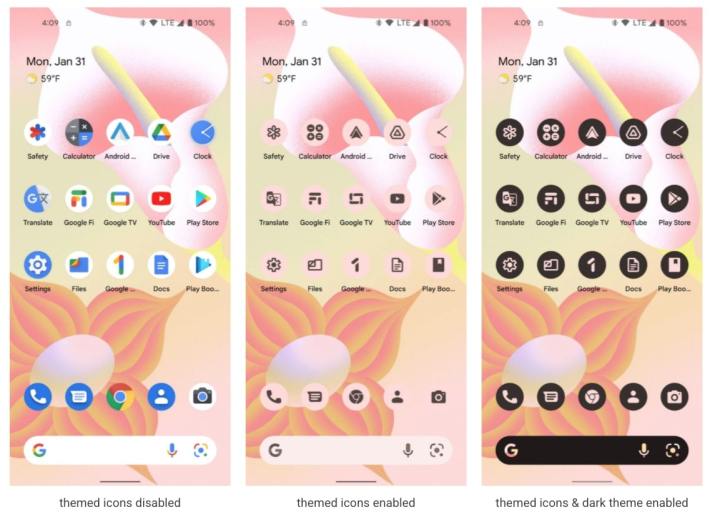
Enhanced notifications
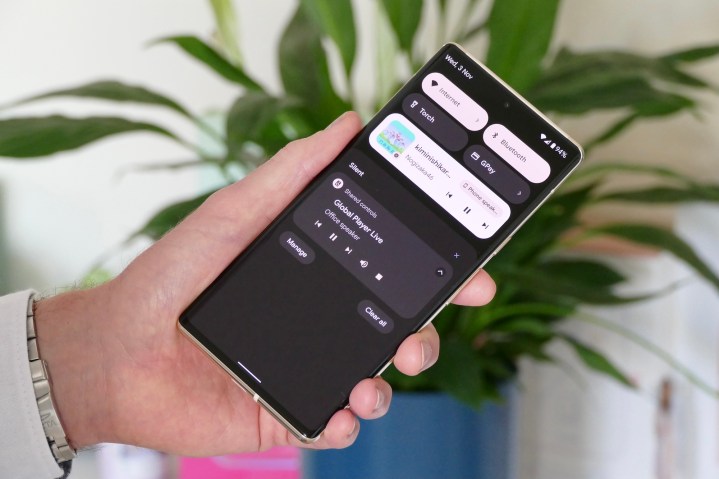
If Google isn’t fiddling around with notifications in Android, can it really be called a major upgrade? With Android 13, Notifications Permissions are here. What this means is that Google won’t let just any Android app send you notifications right from the get-go. Just like you’ll see in Chrome or other modern browsers, they’ll have to explicitly ask for and be granted access to send you notifications. For apps like WhatsApp and Telegram, most users would do so without hesitation, but games and shopping apps may find it a little harder to get away with the notification spam they’ve been inflicting for years.
Tap to Transfer
Between its iPhones and HomePods, Apple offers a feature known as Tap to Transfer. When playing a song on your iPhone with Apple Music, you can easily tap the Homepod to transfer playback to the speaker for richer sound without fiddling with on-screen controls. Google is reportedly working on that for Android 13 as per a mockup shared by Android Police. There’s nothing much known about it other than it exists at the moment, so this is more of a possibility than a certainty. Still, with Google selling Nest Audios and Nest Minis — as well as the wider ecosystem of Cast-enabled smart speakers out there — this would be a pretty nice to have feature.
Easier access to QR code scanner
QR codes have become far more important in the age of COVID-19, and Google could be working on a way to make them easier to use going forward. It is worth noting that you can already scan QR codes via the Google Camera or equivalent third-party Android phone app. With Android 13, Google introduced a built-in QR code scanner that will be able to work directly on the lock screen and be accessed through the quick settings app. It’ll be more convenient than the camera, though it may not practically change much.
Multilingual madness
Google is adding native support for per-app language settings to Android. Currently, users can set a default system language that is used by all apps on their phone, but Google is working on a new setting that’ll let you pick which apps use which language.
“Some apps let users choose a language that differs from the system language to meet the needs of multilingual users. Such apps can now call a new platform API to set or get the user’s preferred language, helping to reduce boilerplate code and improve compatibility when setting the app’s runtime language,” Google’s Dave Burke explained.
Your WhatsApp can be in English, your Telegram in Russian, your WeChat in Chinese, and so on. It’s a nice little tool for people who speak multiple languages and communicate with others around the world.
New privacy features
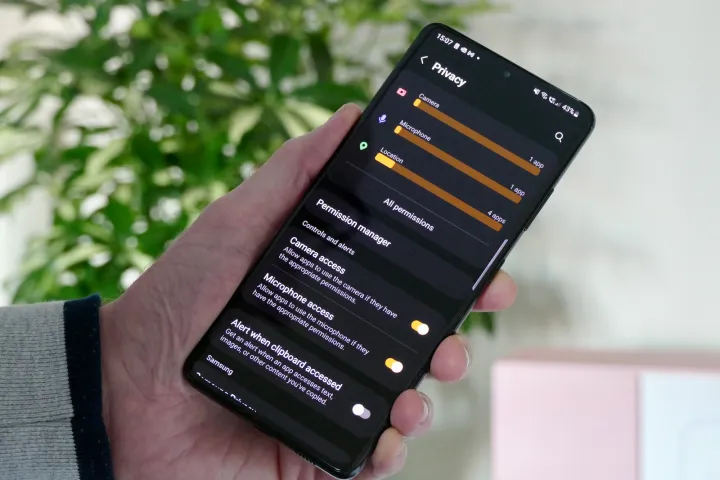
With its first Beta release of Android 13, Google highlighted new support for media-sharing features. This means that for apps that can request access to files on your phone, they would need to specify whether they want images, video, or audio files.
Currently, apps that request permission to your media can gain access to all file types at once. Implementation of this feature will prevent apps from accessing file types they don’t need. For example, Instagram does not need your audio files, and a recorder app doesn’t need to see your images. While it is contingent on developers to complement this change, Google says that any app that targets Android 13 will need to have this enabled.
Android app streaming
Google earlier this year announced plans to let Chromebooks quickly open chat apps as it sought to integrate more tightly with Android phones. Now a report from 9to5Google shows the building blocks of this feature in the current Android 13 preview. When this feature goes live, people will be able to stream not just chat apps but any installed Android apps on their phones to a linked Chromebook. It’s not clear if this will be a timed-Pixel exclusive or a draw Google will use to lure people to upgrade to the next version of Android (to whatever degree a Chromebook feature can be a draw).

With Samsung already offering something similar on Windows PCs through Microsoft’s Your Phone app, Google is also said to be working on a feature that’ll let this app streaming service run on both PCs and Macs. It’s not as native as what Google would offer on Chromebooks since it runs through a web app, but the report says that the experience feels native enough that the average person probably won’t mind.
While there is sort of a use case on PCs, there’s a question on why one would want something like this on Chromebooks, which already run Android apps. The easy answer — and the one that Google gives — is that it allows people to quickly use an app without installing it for short one-off tasks. In addition, certain apps are restricted from running on Chromebooks — banking apps like the U.K.’s Starling, to give an example. This feature, if Google does ship it in its full form, would help plug those holes.
A very, very cool Easter egg
Arriving in Android 13 Beta 3.3 is Google’s annual Android Easter egg. This Android 13 feature isn’t a very functional one, but which Easter eggs are? You can find the Android 13 Easter egg by going to Settings > About phone > Android version. Once there, triple-tap the Android version number rapidly. When a clock widget appears, you can move the clock hands so that the time is set to 1:00 (so, 13:00 for Android 13), and the Easter egg pops up.
It’s the Android 13 logo over a screen full of circles, but tapping and pressing anywhere on the screen fills it with different emoji as pictured above. It’s fun for about five minutes, but it’s better than nothing.
A PSA for Pixel 6 owners
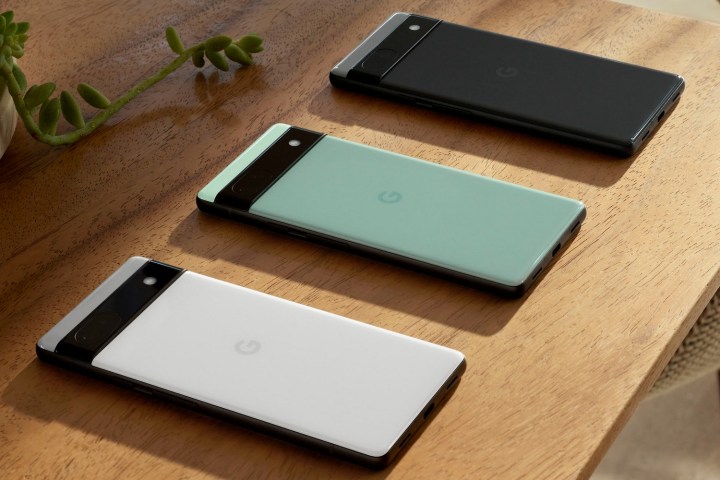
If you have a Pixel 6, a Pixel 6 Pro, or a Pixel 6a, Android 13 is a one-way trip. Though most users won’t mind, there’s typically a small subset of users who may want to roll back to a previous version of the operating system, perhaps for app-compatibility purposes. That’s not happening with Android 13.
“The Android 13 update for Pixel 6, Pixel 6 Pro, and the Pixel 6a contains a bootloader update that increments the anti-rollback version. After flashing an Android 13 build on these devices, you will not be able to flash older Android 12 builds,” Google warns, further adding that for Android 12 devices (as spotted by Esper’s Mishaal Rahman), “Your device is running a vulnerable version of the bootloader. After flashing this build your device’s anti-rollback counter will be incremented to prevent previous vulnerable versions of the bootloader from being flashed on the device in the future. This will prevent flashing existing Android 12 releases.”
In other words, the version of Android 12 that ships on Pixel 6 phones has a security flaw of some sort that Google’s mitigated on Android 13, and rolling back would work against that. You’re not likely to run into this in normal use, but if you’re tempted to downgrade to Android 12 — you’ve been warned.

